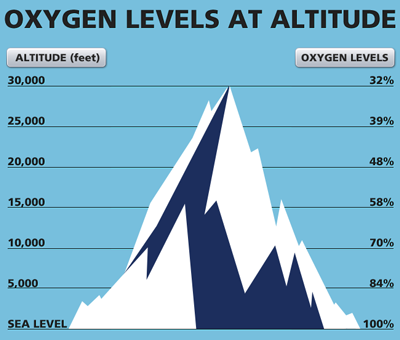Lead-acid batteries can perform differently at high altitudes compared to sea level due to changes in environmental conditions. However, whether they perform better can depend on various factors and the specific application.
- Temperature: At high altitudes, temperatures can be lower than at sea level. Lead-acid batteries typically perform better in cooler temperatures, as high temperatures can increase self-discharge rates and accelerate battery aging. Therefore, in some cases, the cooler temperatures at higher altitudes may be beneficial for lead-acid battery performance.
- Charging Efficiency: The lower atmospheric pressure at high altitudes can affect the efficiency of battery charging. However, modern charging systems are typically designed to compensate for altitude variations.
- Sulfation: Sulfation is a common issue in lead-acid batteries where lead sulfate crystals form on the battery plates, reducing capacity and performance. Lower temperatures at high altitudes can potentially reduce sulfation rates, which may extend battery life.
- Electrolyte Levels: Changes in atmospheric pressure can affect the electrolyte levels in vented lead-acid batteries. At higher altitudes, the lower atmospheric pressure may cause electrolyte levels to rise slightly. Regular maintenance to ensure proper electrolyte levels is important.
- Battery Capacity: Some studies suggest that lead-acid batteries may experience a slight decrease in capacity at high altitudes due to reduced oxygen levels affecting the chemical reactions within the battery. However, the overall impact on performance may vary depending on factors such as temperature, charging conditions, and altitude.
Overall, whether lead-acid batteries perform better at high altitudes can depend on specific environmental conditions, application requirements, and the design of the battery and charging system. While some aspects of battery performance may be influenced by altitude, modern battery technology and charging systems are often designed to accommodate variations in environmental conditions, including altitude changes.


